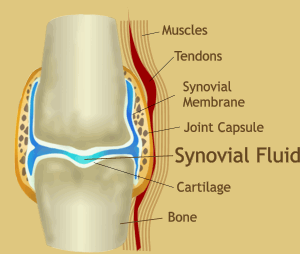Transfemoral Running Techniques FINALLY in the literature.
For quite some time, I have been personally interested in the best, evidence based, practice for individuals with transfemoral amputations. Currently, two main styles exist: a pylon (straight leg) using circumduction to advance the limb and articulating knee (knee joint that bends) using a reciprocal pattern to advance the limb. Which one is better, you ask? NO ONE KNOWS! I can tell you from experience that most individuals with a transfemoral amputation will prefer to use a pylon when running long distances, but appreciate an articulating knee when sprinting. I have no scientific evidence to support this, just antedoctial reports, but an article was recently published in the Journal of Technological Innovations with some insight into this area. The study investigated the running styles of four individuals with transfemoral amputations and compared their VO2, heart rate (HR), and rate of perceived exertion (RPE). Ultimately, they reported that individuals running with an articulating (total knee) component have a lower RPE and higher self selected running speed as compared to those with a pylon component.
When reading the article, I believe that four subjects is a low number to prove statistical significance on a large scale, but am impressed that the researchers were able to recruit four active individuals (K4 level) that were avid runners; no small feat ("feat/feet" I'm so punny!). I did appreciate that the researchers used a total knee as compared to the pylon in their research. I do think that this this a great way to standardize the weight between the two components, as other articulating knee components are heavier, but recognize that other knee components are currently available on the market that offer a more symmetrical gait pattern. Also, the alignment seems similar between the two in the provided picture of one subject, and the alignments should be different between the components to promote proper running techniques with the different styles. Finally, the HR and VO2 seem to plateau and "even out" when comparing the articulating knee to the pylon at the end of their reported running times. I would appreciate knowing the length of time and the distance of these trials as I see a significant difference in running preference when comparing sprinting and jogging.

Ultimately, I am EXTREMELY grateful and excited to see this topic in the literature and think that this study offers a launching pad to investigate the topic further. Please use the link below to read the actual article and share your thoughts! THANK YOU!

















